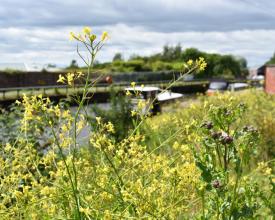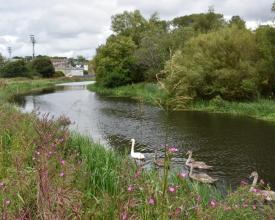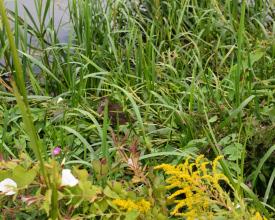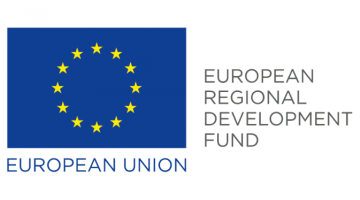
Smart Canals and Local Nature Reserves for North Glasgow
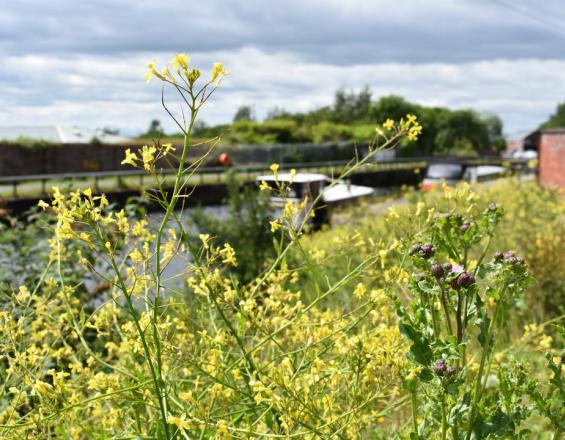
The Scottish Government’s Green Infrastructure Strategic Intervention (GISI) enhances quality of life by improving the quality, accessibility and quantity of green infrastructure in major setltments in Scotland. Glasgow City Council and Scottish Canals, with support of the GISI, want to implement two key strategies to support this green infrastucture expansion plan.
The Clay Pits Local Nature Reserve (LNR) project will create a 10 ha LNR with a path and boardwalk network, mountain bike trail, disabled access fishing pegs, re-designed gateway entrances, viewpoints, and a pedestrian bridge.
The smart canal offers significant climate change adaptation elements. It provides sustainable rainwater management of vacant land by combining blue-green infrastructure while managing the water level in the canal to provide stormwater storage. This is an excellent example of a climate change adaptation approach as we experience more extreme rainfall events.
Contact Elana Bader for more
Context
Challenges addressed
Location
Impacts
The Canal & North Gateway is a joint venture between Glasgow City Council and Scottish Canals. It serves as an exemplar blue-green infrastructure project that is at the cutting edge of how to adapt to climate change issues by managing surface water and flood risk within the urban environment. The primary innovation is the dynamic management of the water levels in both the canal spine and each water management area in response to predicted weather patterns. This allows water to be retained within SuDS features during normal weather conditions, contributing to urban cooling by increasing the presence of surface water during non-flood events. The project significantly improves biodiversity through the creation of new and varied habitats associated with blue-green infrastructure fingers that will extend from the canal corridor into the heart of regeneration sites. These biodiversity enhancements are very visible within the Claypits LNR. Green infrastructure fingers will form a corridor of wetland margins along which flora and fauna can move, extending the link between the rural environment and the heart of the city. Additionally, this intervention will mitigate the predicted increase in rainfall and intensity associated with climate change and will help regulate water quality by avoiding combined sewer overflows into watercourses during storms.
